Coastal plants – 10 best choices for gardens near the ocean
These brightly colored and textural coastal plants are drought and wind tolerant so ideal to cope with the elements in an ocean garden
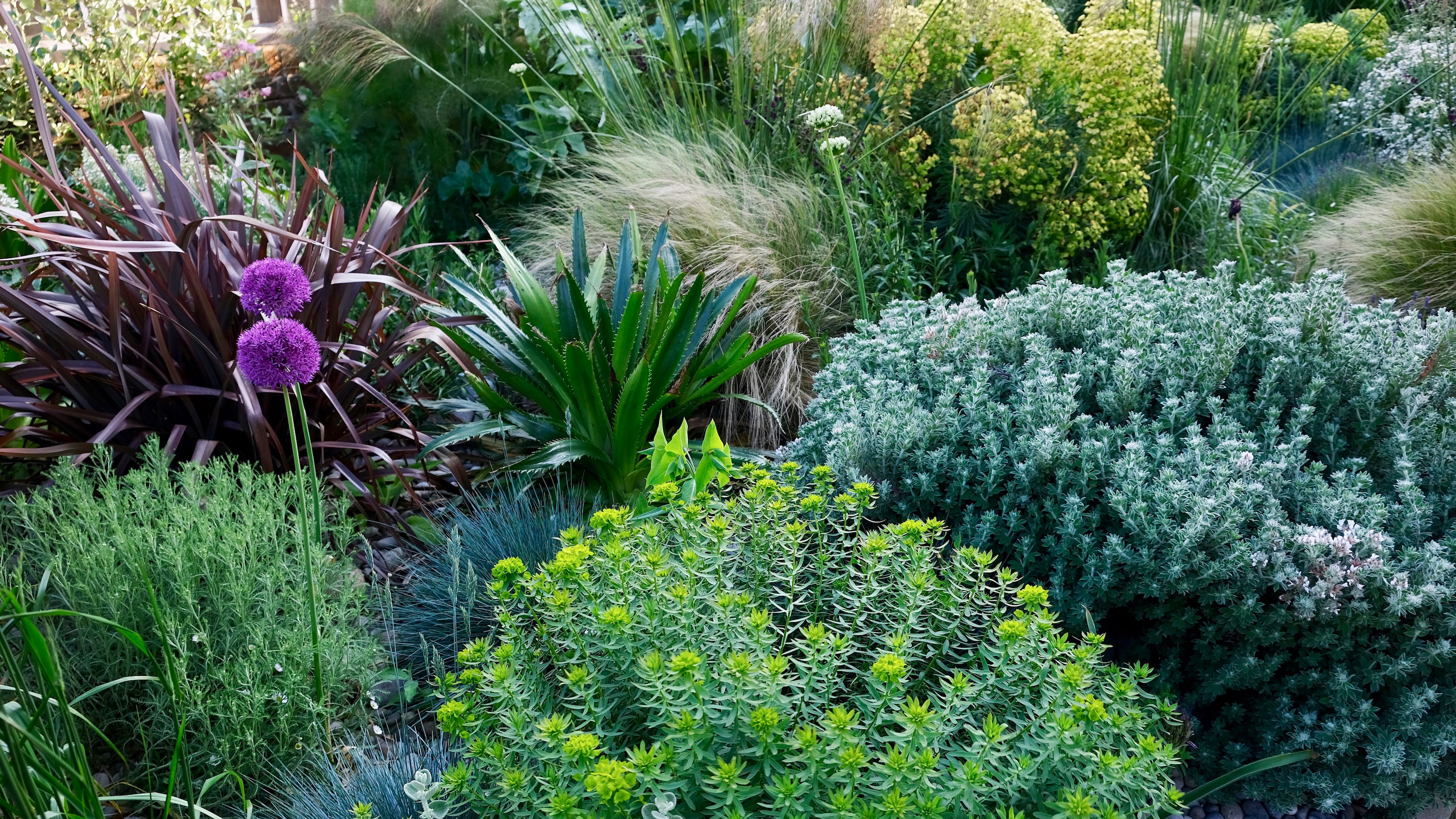

There are myriad choices of coastal plants that are ideally suited to adapt to the conditions of a garden by the ocean. These hardy flora are drought and wind tolerant, adept at handling the strong gusts, salty air, poor soil and sloping sites that often come with an ocean view.
Many of the plant choices for coastal garden ideas will be the same as if you're planning a dry garden. Think light reflective silver foliage, softly rippling grasses and splashes of bright, low growing flowers scrambling through gravel and rock gardens.
But even if you don't live by the coast, you can still recreate the relaxed feel and natural wildness of a seaside location by including some of these colorful and textural plants in your garden. They thrive in sunny spots with free-draining soil, but can usually cope with whatever a gardener may choose to throw at them.
Coastal plants
'Many Mediterranean plants that have silvery, spiny or curled, thick, shiny or waxy leaves are drought and wind tolerant, so also excellent coastal plants – but do check their hardiness in your area,' explains garden designer Sue Townsend.
Choose flower bed ideas from our selection of some of the best coastal plants that will thrive in a garden in an exposed location.
1. Lavender
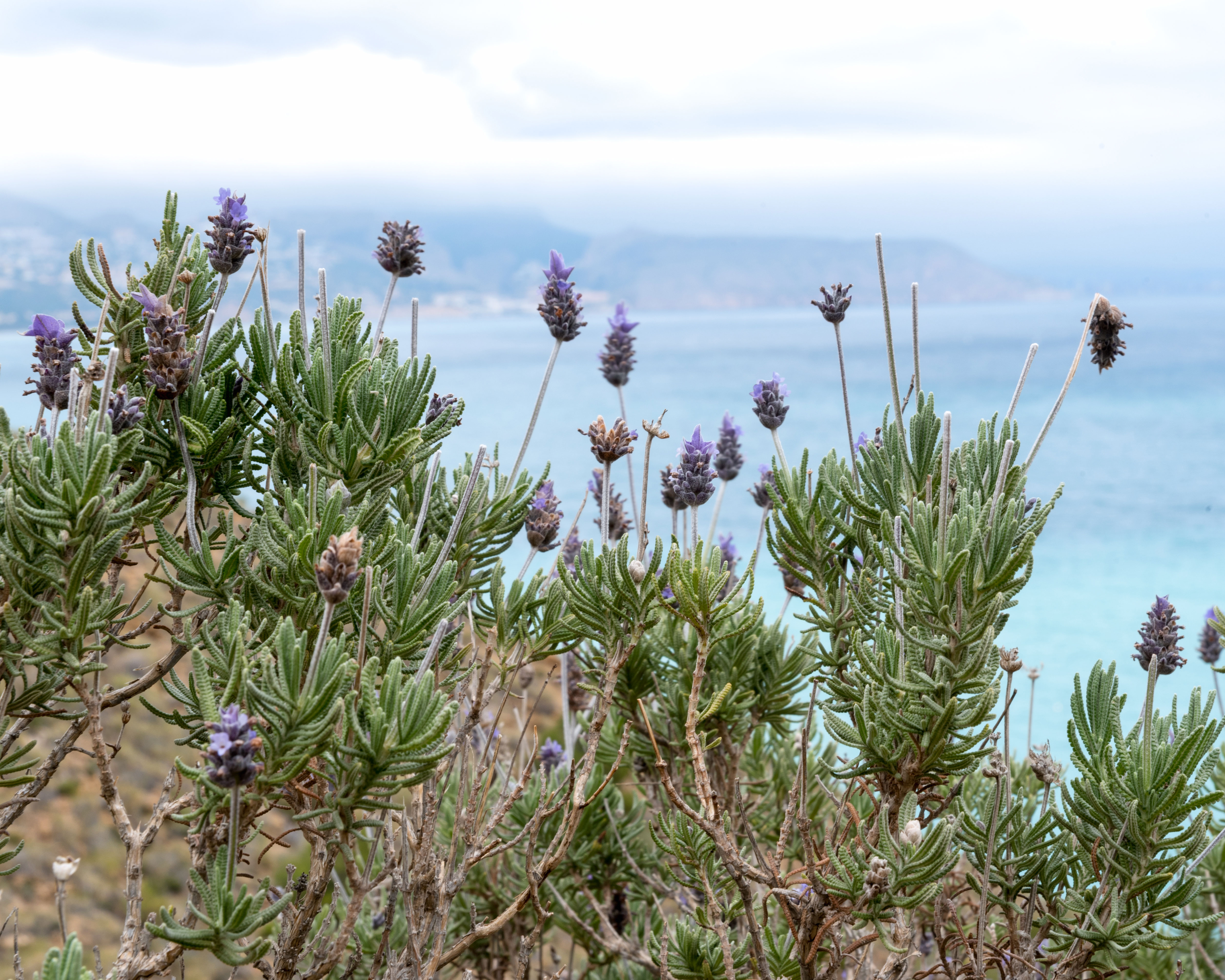
A stalwart of a drought tolerant planting, fragrant lavender can cope well as a coastal plant. With its thick skinned leaves that retain moisture, it prefers a light, nutrient poor soil, and tolerates a dose of neglect.
It is perfectly suited to planting in full sun, and once you have mastered how to grow lavender you can experiment with the many different varieties available, and find those best suited to your garden's particular conditions.
2. Sea holly – Eryngium 'Sapphire blue'
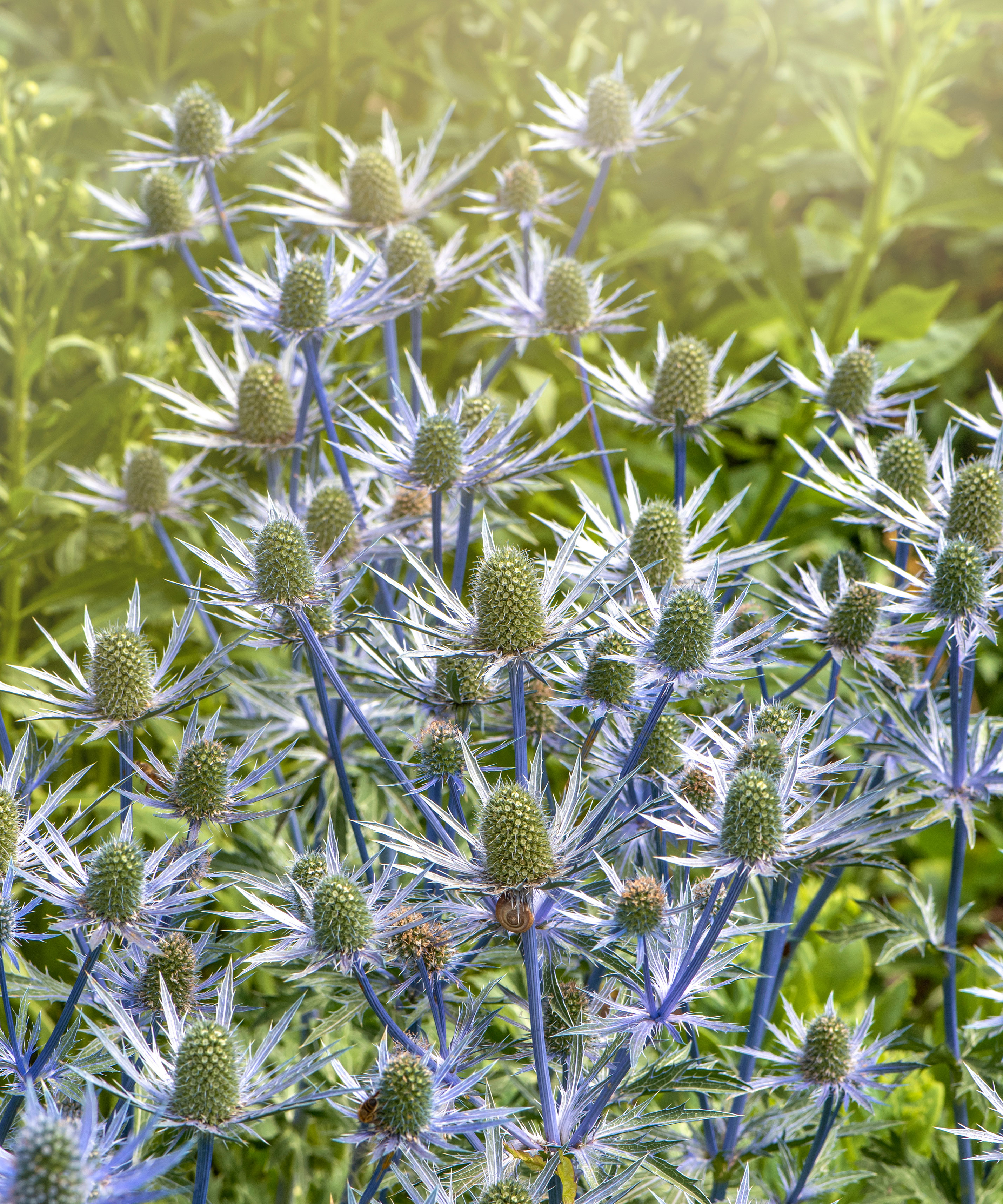
Sea holly is a popular choice among coastal plants, with its distinctive and textural thistle-like serrated leaves and oval shaped flower heads that appear from June to August.
It can tolerate all manner of poor soils and is easily grown in dry, sandy, well-drained soils in full sun, so is also a good choice for a sloping garden idea.
Hardy in USDA zones 5-9, it's best left undisturbed once established as it doesn't like to be moved.
3. Sea thrift – Armeria maritima
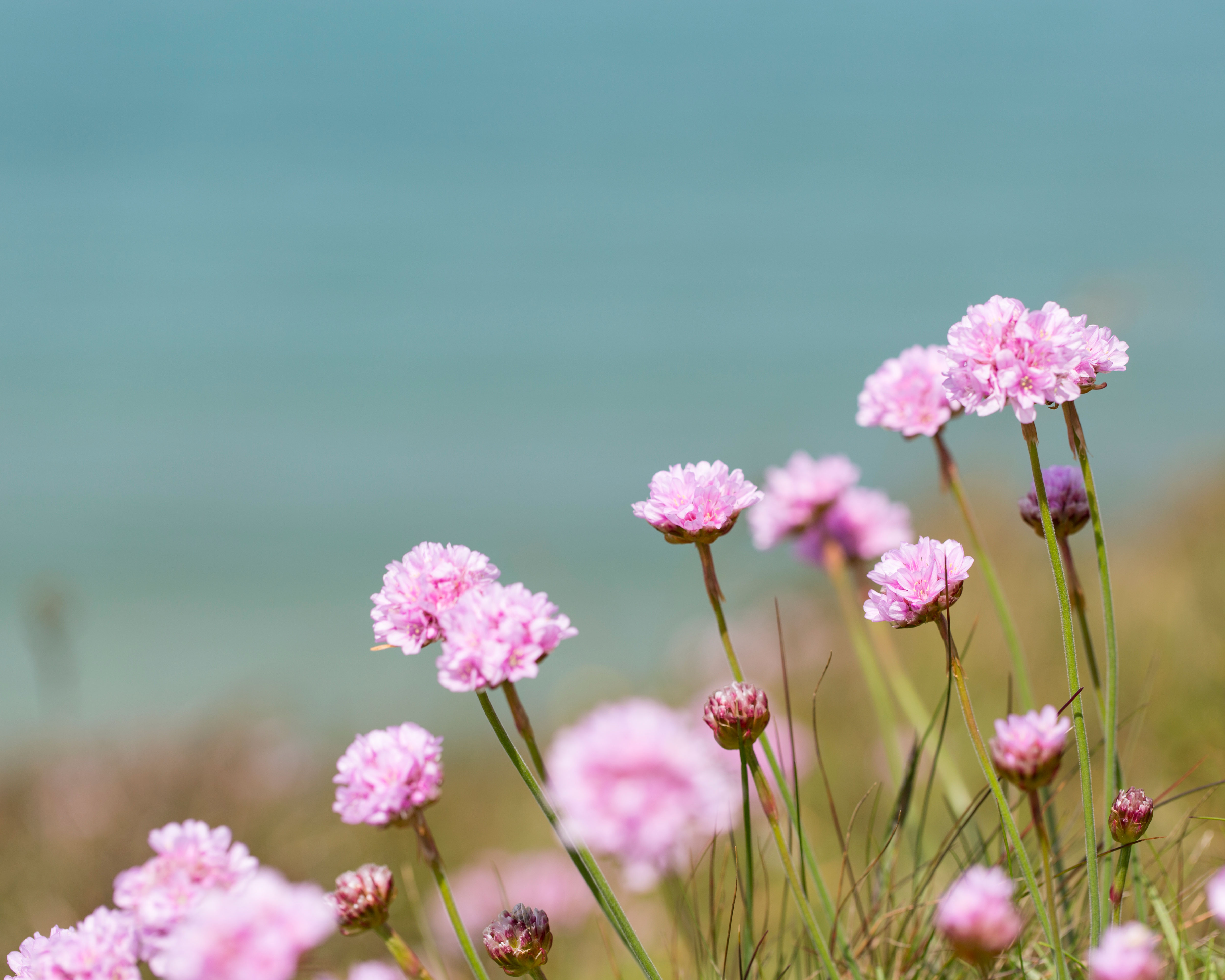
'Plants that grow in crevices, such as Armeria maritima, or sea thrift, can add splashes of pink flowers,' explains Sue Townsend.
A robust, low-growing plant, sea thrift 'looks brilliant at the front of borders or lining pathways with its pink pom pom flowers in summer,' explains celebrity gardening expert David Domoney.
It copes well in exposed locations and is ideal for growing between rocks and boulders in coastal garden style landscaping or as a rock garden idea.
4. Artemisia

'Silvery leafed artemisia is another drought and wind tolerant plant,' explains Sue Townsend.
This herbaceous perennial has lovely filagree-like leaves that are covered in white hairs, and makes a lovely foil for the bright blues and pinks of other coastal plants.
They are well suited to gravel gardens and can thrive on a sloping site.
A fast growing choice, it can be planted throughout most of the year, but do first check that your chosen variety is not invasive in your area, as there are some species that are considered invasive in certain area in the US.
5. Mexican feather grass – Stipa tenuissima
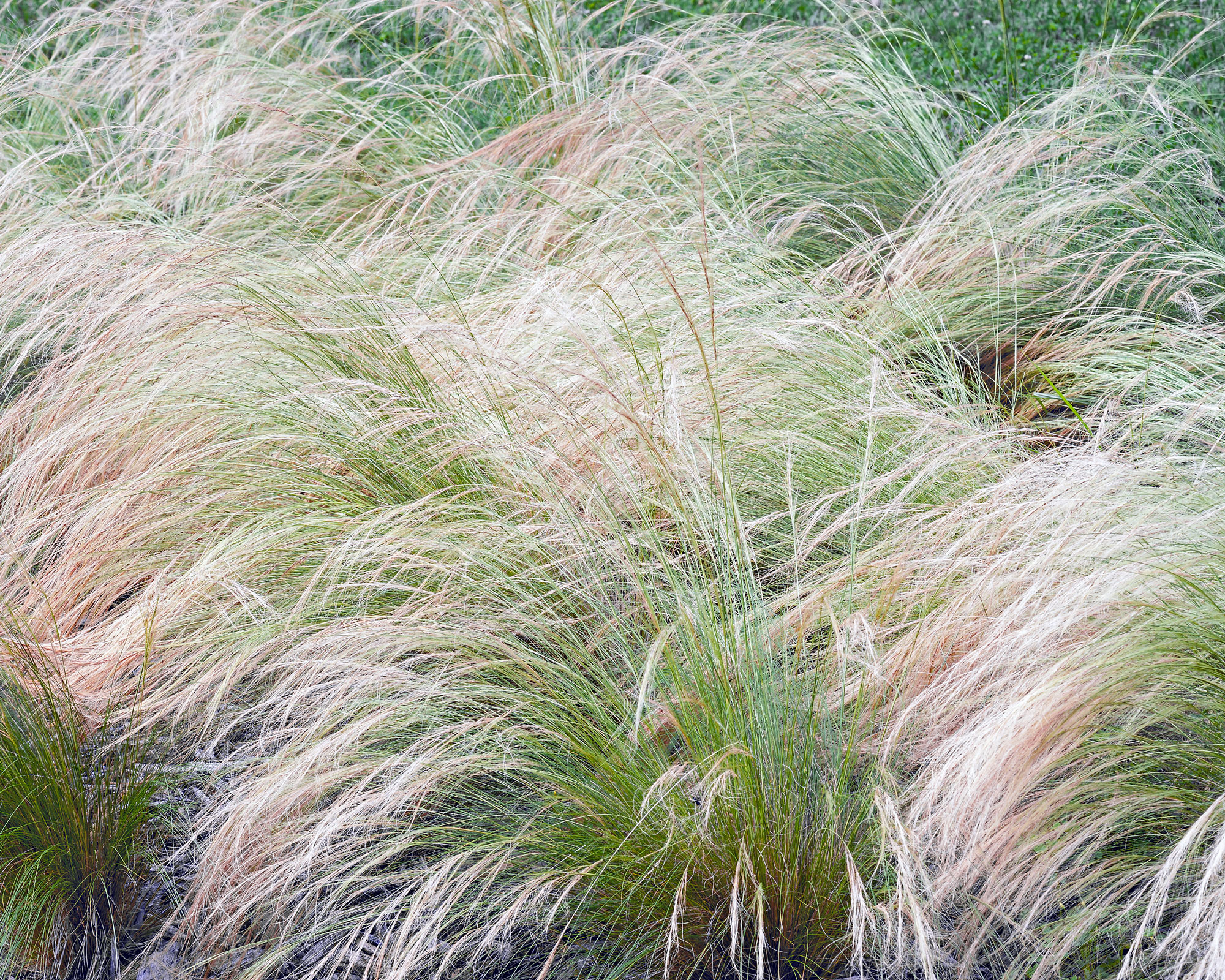
Grasses, such as Mexican feather grass, are ideal for planting on sandy, sloping areas.
Very drought tolerant, it can grow to 2 feet tall and 1.5 feet wide, its fresh green leaves topped by hair-like flowers and seeds in summer, but it is a textural, ornamental addition year round, gently swaying in the breeze.
Mexican feather grass prefers full sun and rocky, gritty soils typical of a coastal location.
6. Sea campion – Silena uniflora
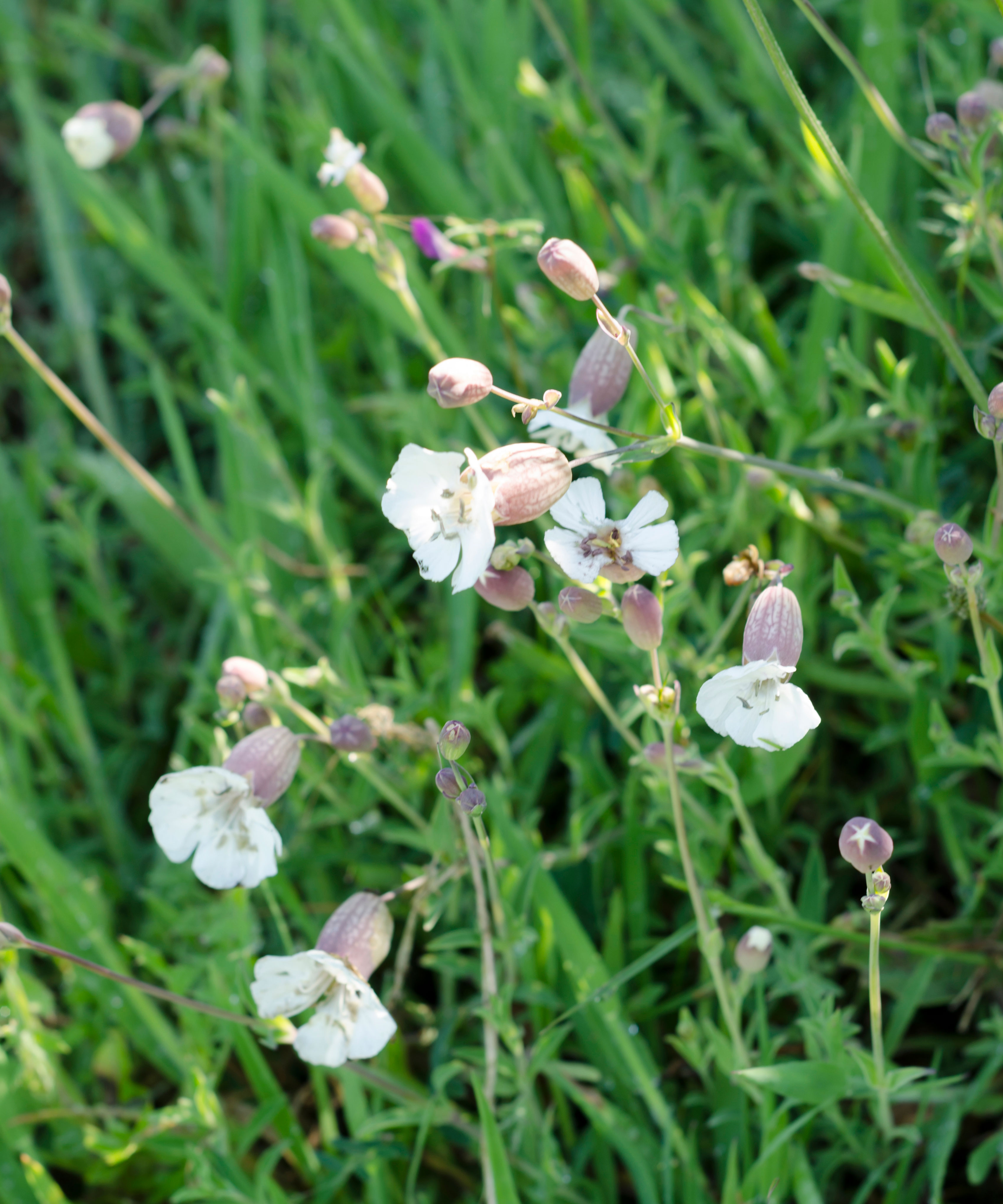
The low growing sea campion grows in mat forming clumps, suited to gravel gardens. Seen growing on clifftops and among shingle, it has grey-green leaves and pretty white flowers.
Hardy in USDA zones 3-7, the coastal plants also work well as a container gardening idea and can add a gentle flowering presence among the textural foliage.
This perennial tolerates poor soil, heat and drought, although you will see the best results in fertile, well-drained soil.
7. Redhot poker – kniphofias
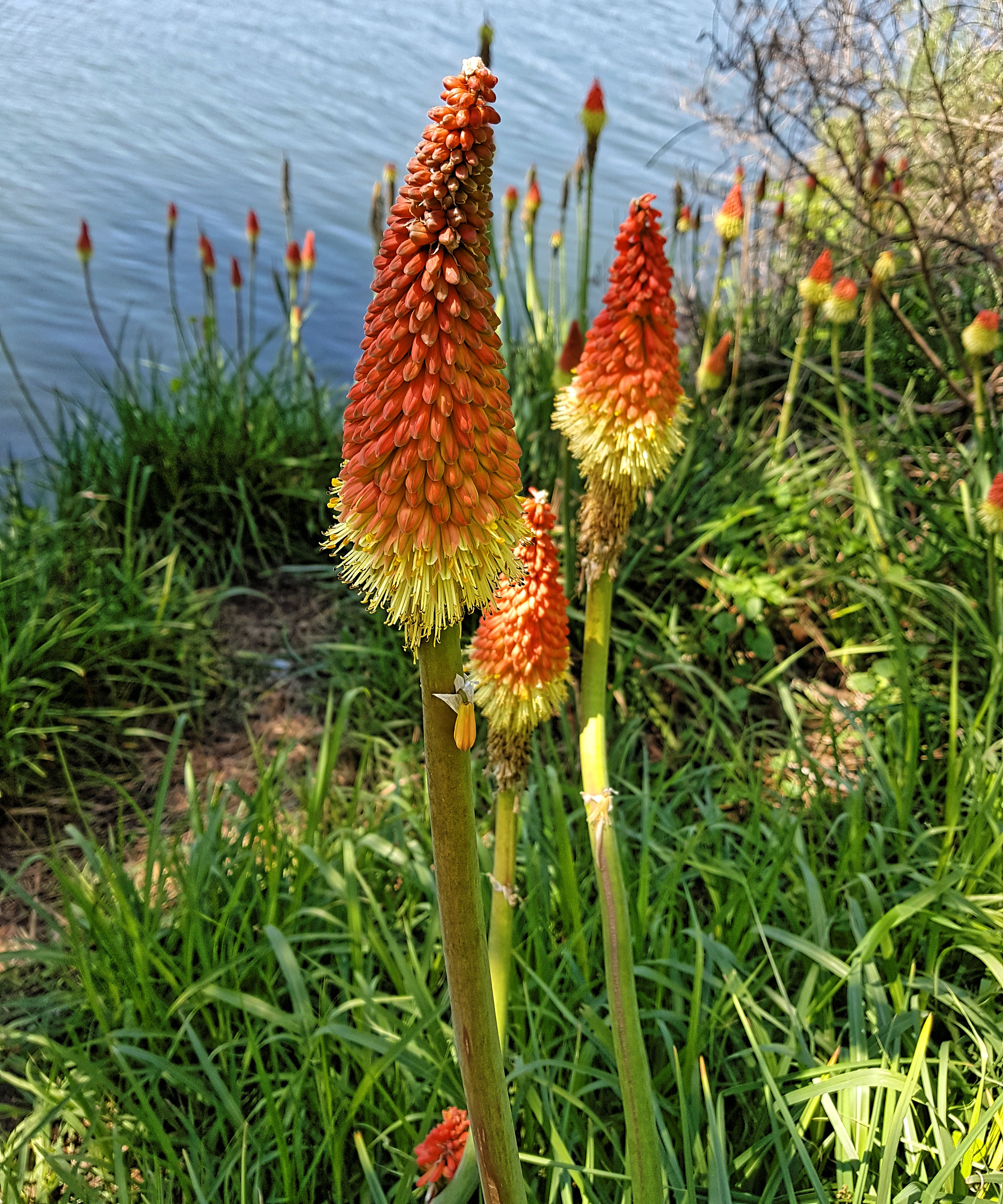
This perennial herb with red and yellow flowers and tough, narrow grasslike leaves is found in the coastal ranges of California.
Its vibrant flowers can add a splash of hot colors to a coastal garden in midsummer.
With some varieties growing up to 5 feet tall it certainly makes an impact in the garden and can act as a magnet for hummingbirds. It likes full sun in well-draining soil.
8. Santolina
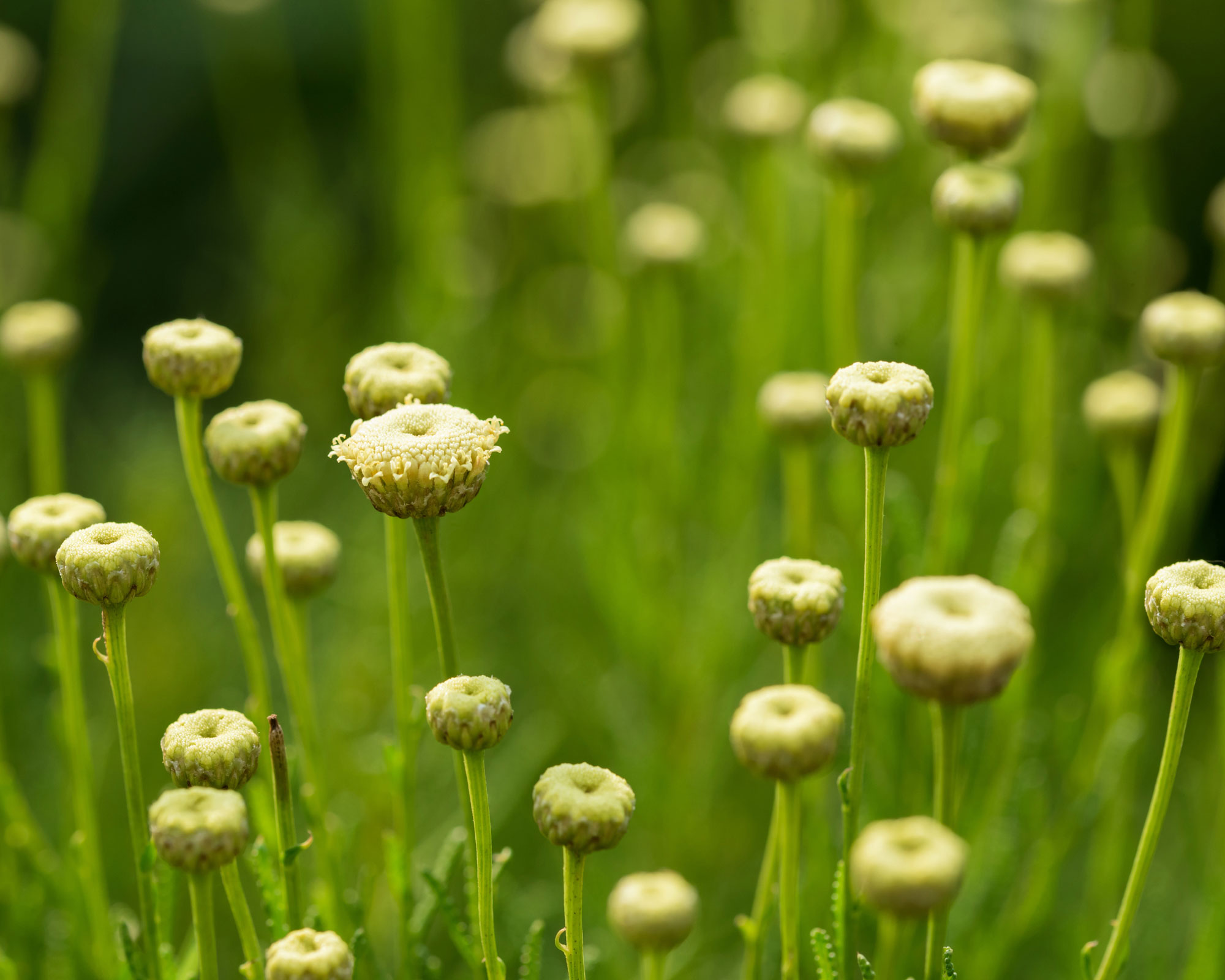
With its silver, woolly foliage, and profusion of sunny yellow, button flowers, santolina is excellent to grow as a ground cover. It is also useful as an edging for walkways and borders, especially as the flowers will release their fragrance when brushed against.
Hardy as coastal plants in USDA zones 6-9, santolina need to be pruned yearly to keep them in check or they can become a bit sparse and woody and will withstand being cut back hard. It can grow up to 2 feet wide and 4 feet tall.
Out of the different varieties Santolina chamaecyparissus 'does particularly well in a coastal California garden with little or no watering – in situations like this a carpet of foliage, under 1 foot tall, can develop,' explain the experts at San Marcos Growers.
9. Griselinia littoralis
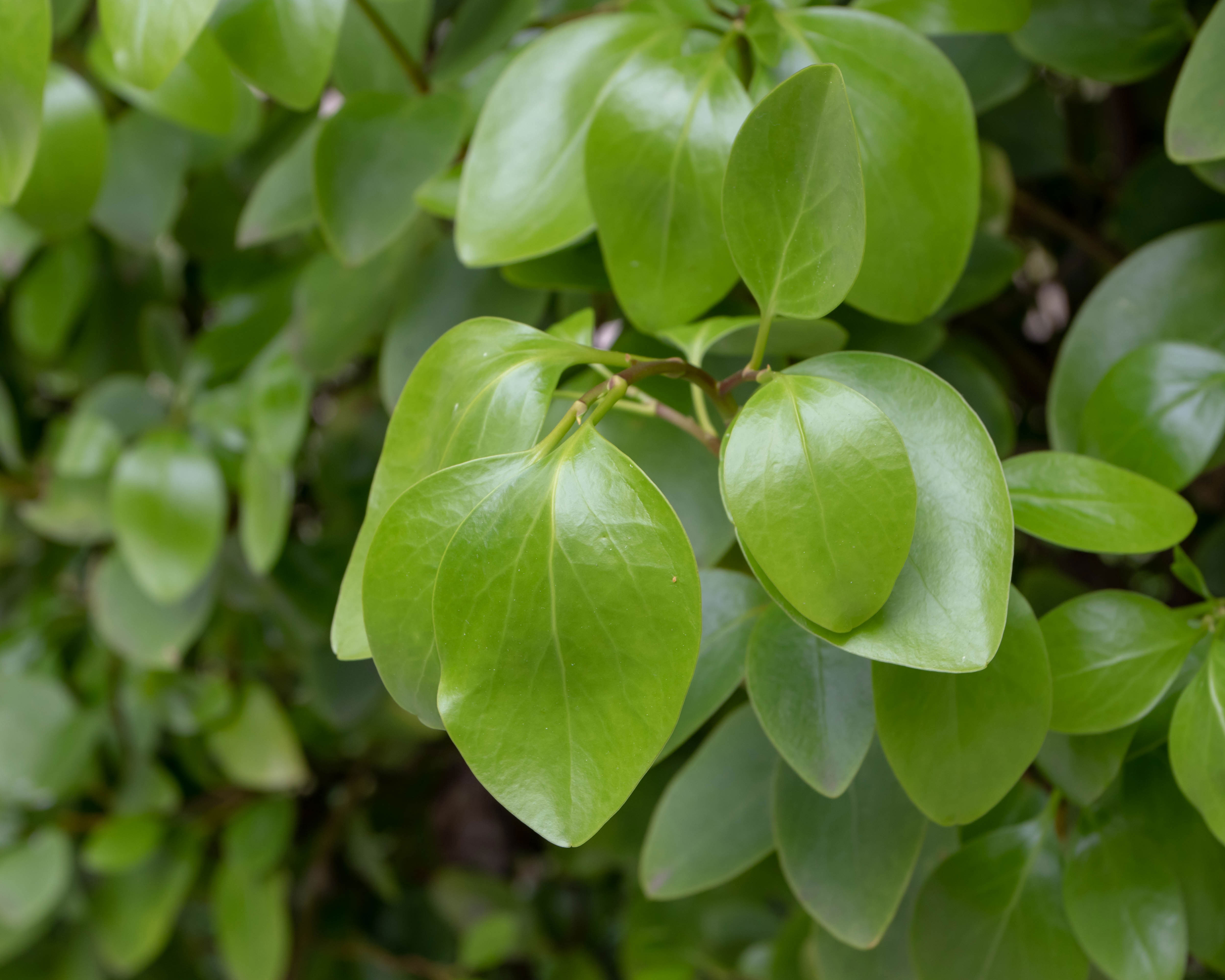
Griselinia littoralis is a shrub that can grow up to 10 feet tall. With its thick, leathery and glossy rounded leaves, it can cope with dry, salty and windy conditions, although does not like it too hot or dry, so would benefit from a little shade in hotter areas.
This coastal plant, also known as New Zealand broadleaf branch, is often used as a hedge by the ocean, creating a dense, compact screen. It is pruned by snipping the individual stems.
10. Euonymus japonicus
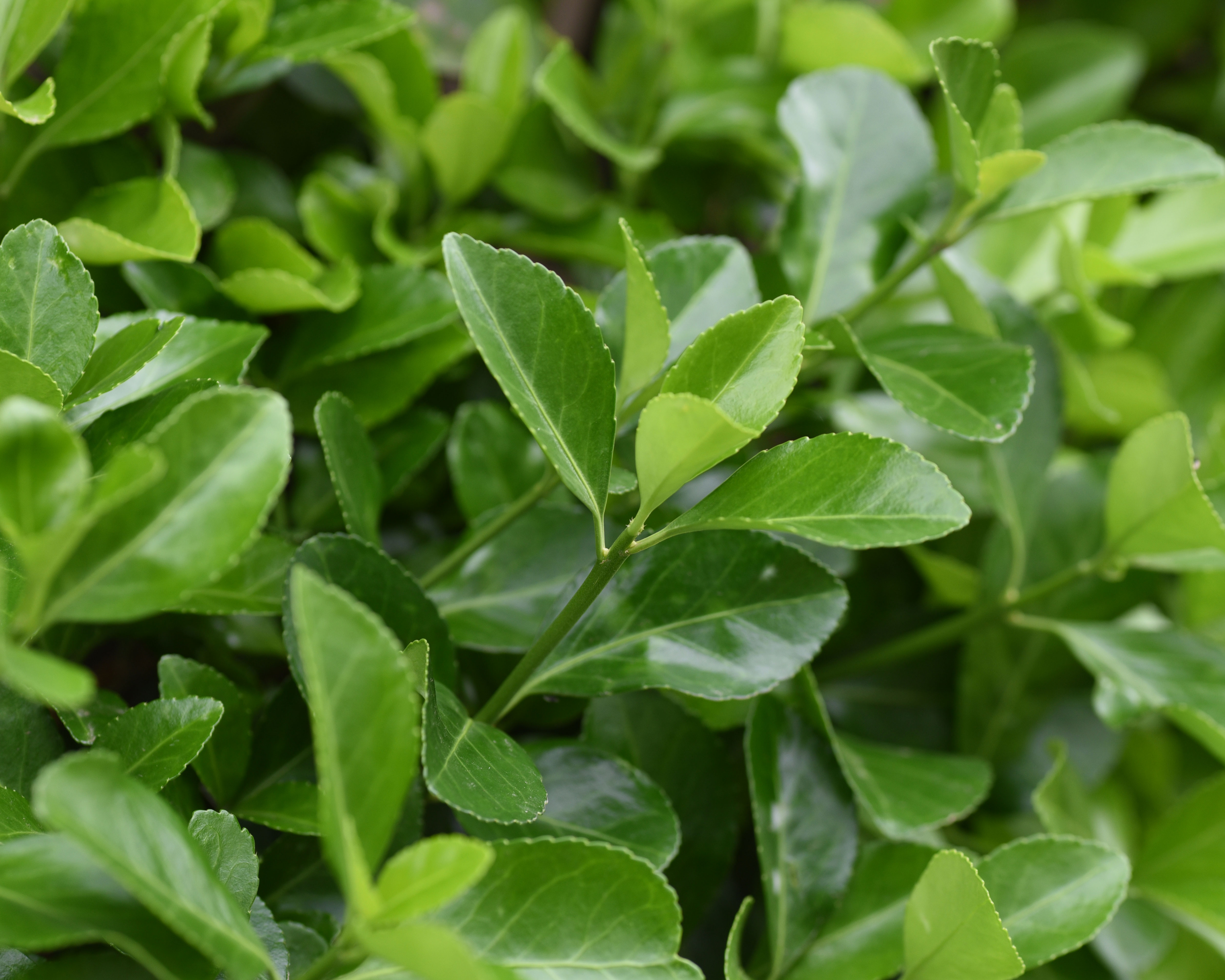
One of the best evergreen coastal plants for use as hedging, Euonymus japonicus is strong growing with large, oval glossy green leaves and is tolerant of salt.
Tiny greenish white flowers in late spring or early summer are sometimes followed by pink berries on this evergreen shrub. It likes well drained soil either in full sun, where it will grow more densely, or partial shade, where it will develop a more open growth habit.
It can grow up to 15 feet high with the right conditions, so can also act as an excellent windbreak.
What plants do well at the coast?
Plants with certain characteristics do well at the coast as they are better adapted to coping with dry, windy and salty conditions.
'Plants with thick shiny waxy leaves, like Euonymus japonicus, griselinia and Oleaeria traversii can work well as a coastal hedge in many locations, while sedums are adapted to drought conditions as they store water in their leaves,' explains garden designer Sue Townsend.
'Use grasses, such as the dune grass Ammophila arenaria, Stipa tenuissima or S. gigantea to stabilize sloping sandy sites. Coastal plants that grow in crevices, such as Silene uniflora, sea campion, and Armeria maritima or sea thrift, can add splashes of pinks and whites,' Sue adds.
What vegetables grow near the sea?
Vegetables to grow near the sea are those that are tolerant of high salt levels, and can also cope with windy conditions.
For crops that have a high salt tolerance try growing beets, asparagus, kale or spinach, while lower salt tolerant options include brassicas, such as broccoli or cabbage, and potatoes.
There are also a variety of herbs you can grow for your coastal herb garden ideas that are well equipped to cope with the conditions. These include rosemary, thyme and lavender.
Due to the high winds associated with a coastal garden, it is advisable where possible to grow vegetables under the protection of a polytunnel.
Sign up to the Homes & Gardens newsletter
Design expertise in your inbox – from inspiring decorating ideas and beautiful celebrity homes to practical gardening advice and shopping round-ups.
Rachel is senior content editor, and writes gardening content for homesandgardens.com, Homes & Gardens magazine, and its sister titles Period Living Magazine and Country Homes & Interiors. She has written for lifestyle magazines for many years, with a particular focus on gardening, historic houses and arts and crafts, but started out her journalism career in BBC radio, where she enjoyed reporting on and writing programme scripts for all manner of stories. Rachel then moved into regional lifestyle magazines, where the topics she wrote about, and people she interviewed, were as varied and eclectic as they were on radio. Always harboring a passion for homes and gardens, she jumped at the opportunity to work on The English Home and The English Garden magazines for a number of years, before joining the Period Living team.
-
 'Wick away the ick' – 6 things people with clean laundry rooms always do to make this hardworking space shine
'Wick away the ick' – 6 things people with clean laundry rooms always do to make this hardworking space shineThese tips on how to clean your laundry room will banish grime
By Seraphina Di Mizzurati Published
-
 Jennifer Aniston’s bedroom is a ‘goldmine of simple sumptuousness’ – it’s 2025’s version of quiet luxury and so easy to recreate
Jennifer Aniston’s bedroom is a ‘goldmine of simple sumptuousness’ – it’s 2025’s version of quiet luxury and so easy to recreateThe actress's unique space features James Mont-designed lamps and a raised bed inside a walnut plinth – but you can recreate its understated sophistication
By Megan Slack Published